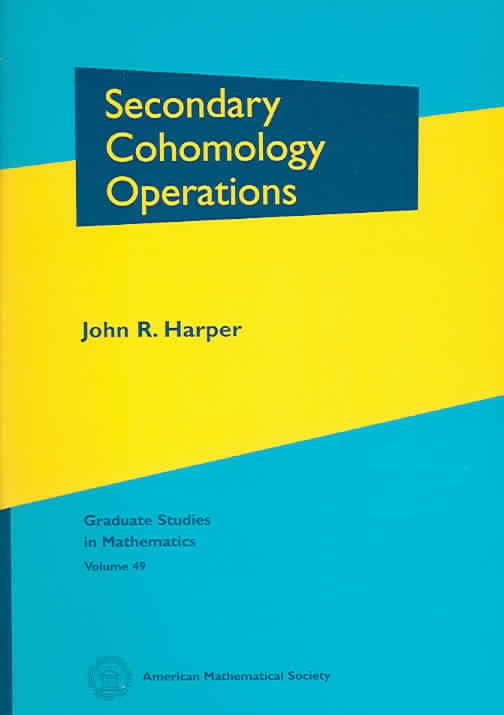Originally published 2002 | ||
 | ||
In mathematics, a secondary cohomology operation is a functorial correspondence between cohomology groups. More precisely, it is a natural transformation from the kernel of some primary cohomology operation to the cokernel of another primary operation. They were introduced by Adams (1960) in his solution to the Hopf invariant problem. Similarly one can define tertiary cohomology operations from the kernel to the cokernel of secondary operations, and continue like this to define higher cohomology operations, as in Maunder (1963). However secondary and higher cohomology operations are rather cumbersome to use, and their study was mostly abandoned when Michael Atiyah pointed out in the 1960s that many of their applications could be proved more easily using generalized cohomology theories.
Examples of secondary and higher cohomology operations include the Massey product, the Toda bracket, and differentials of spectral sequences.
